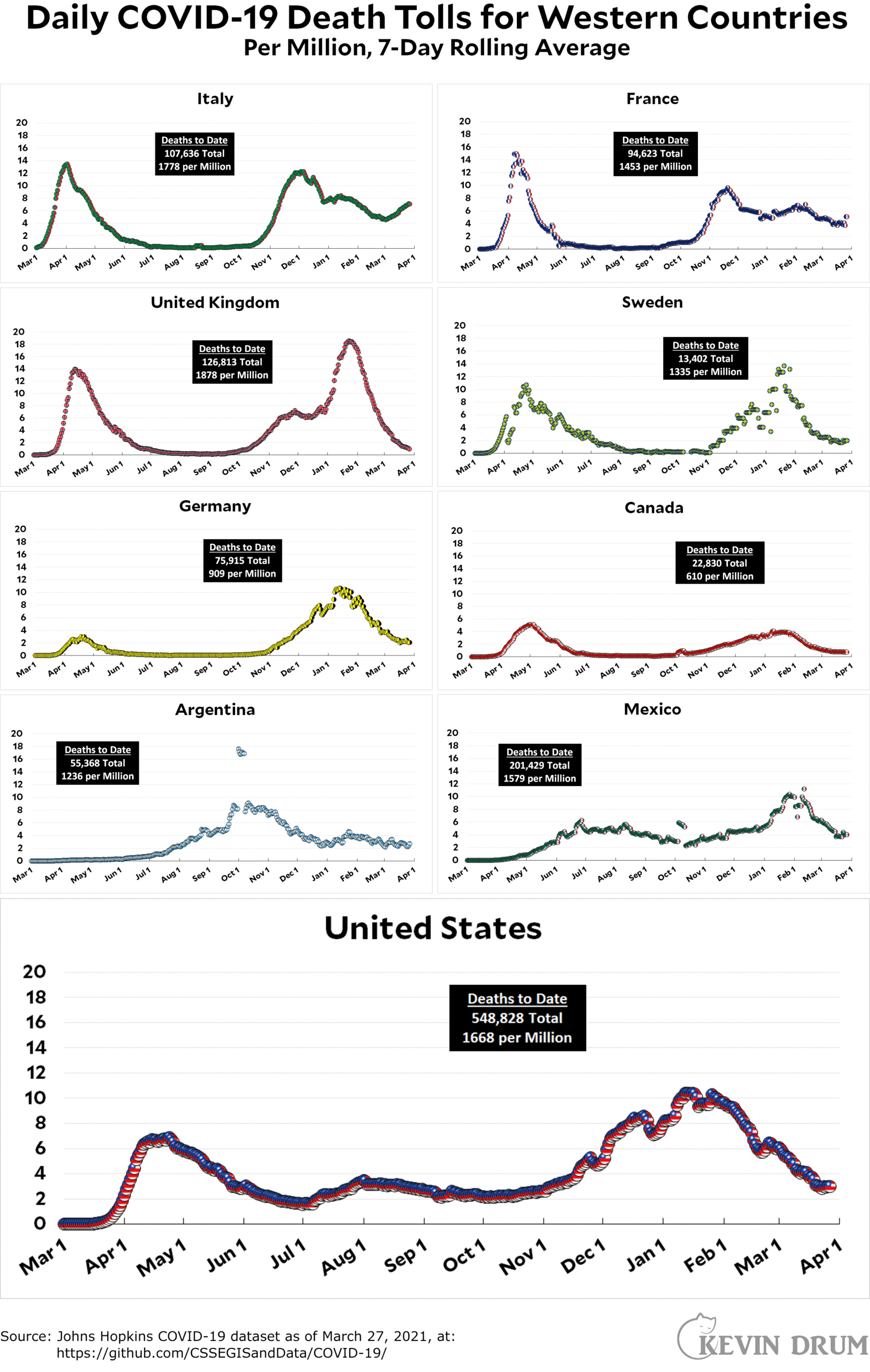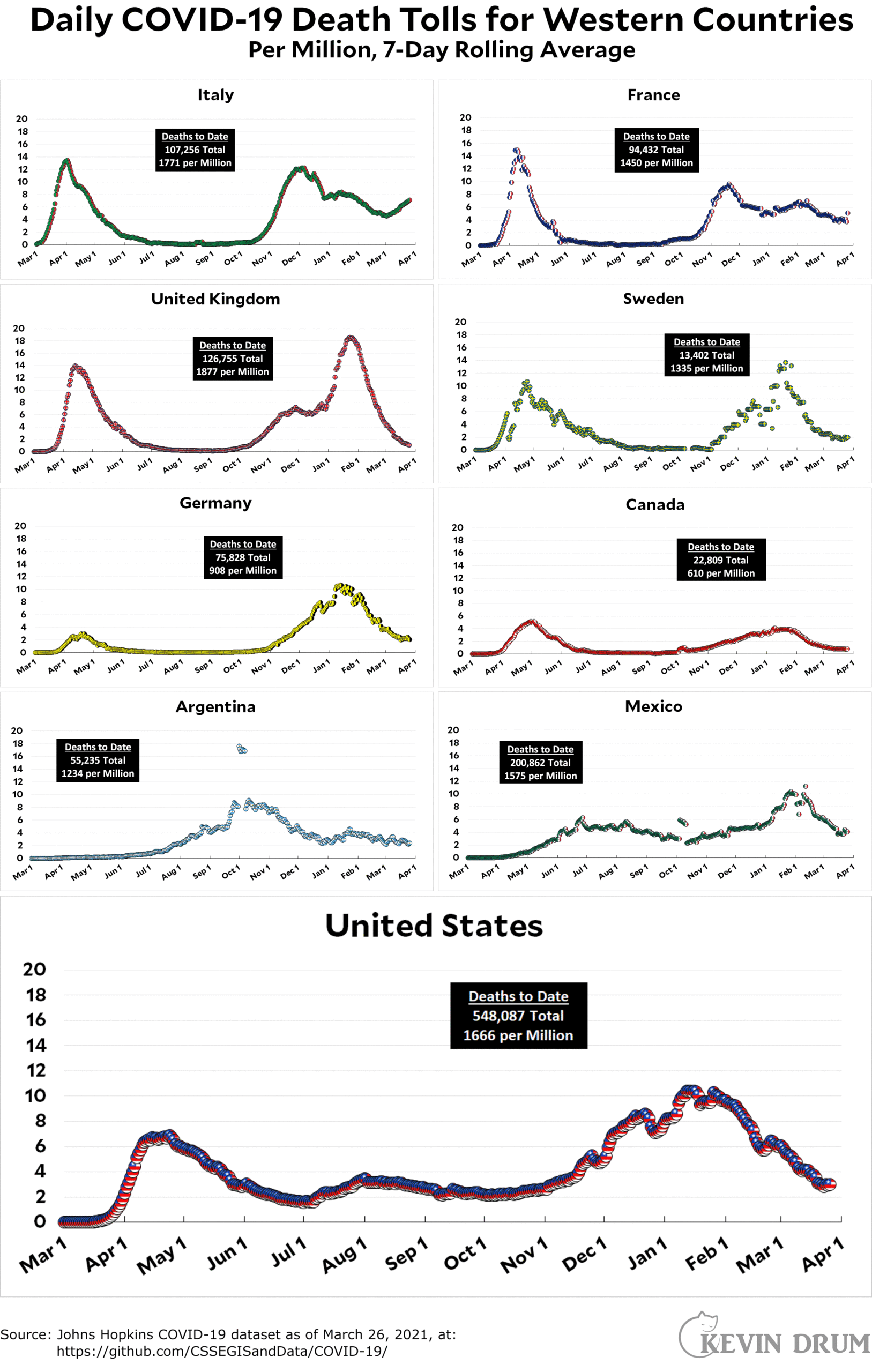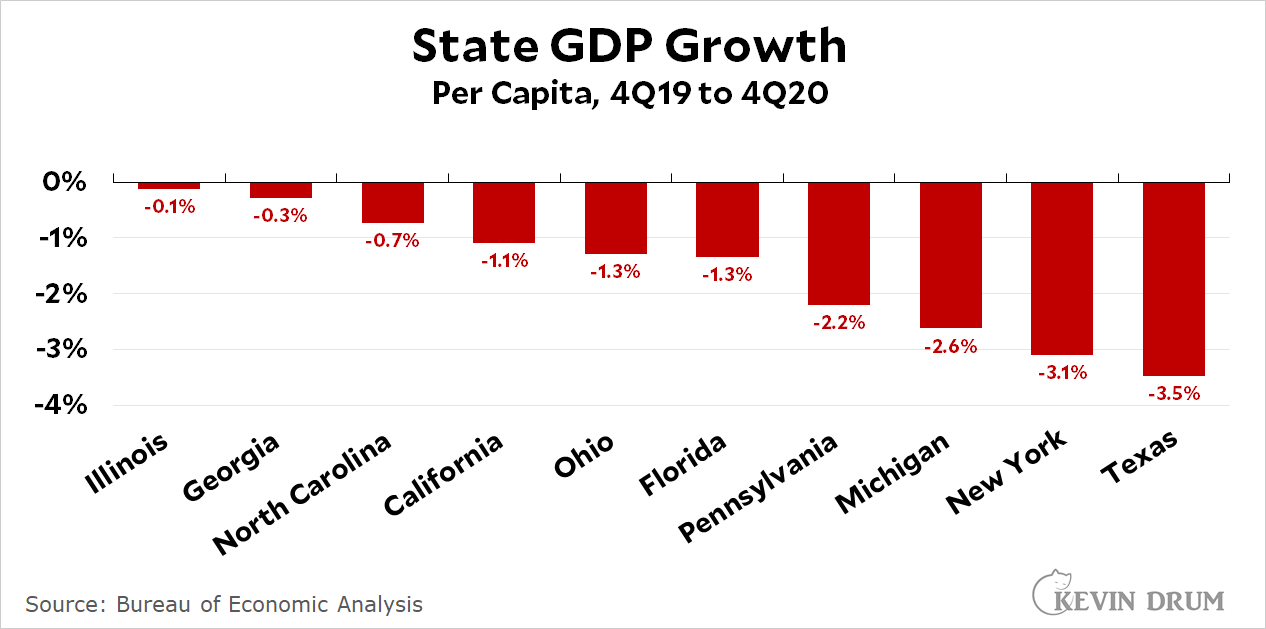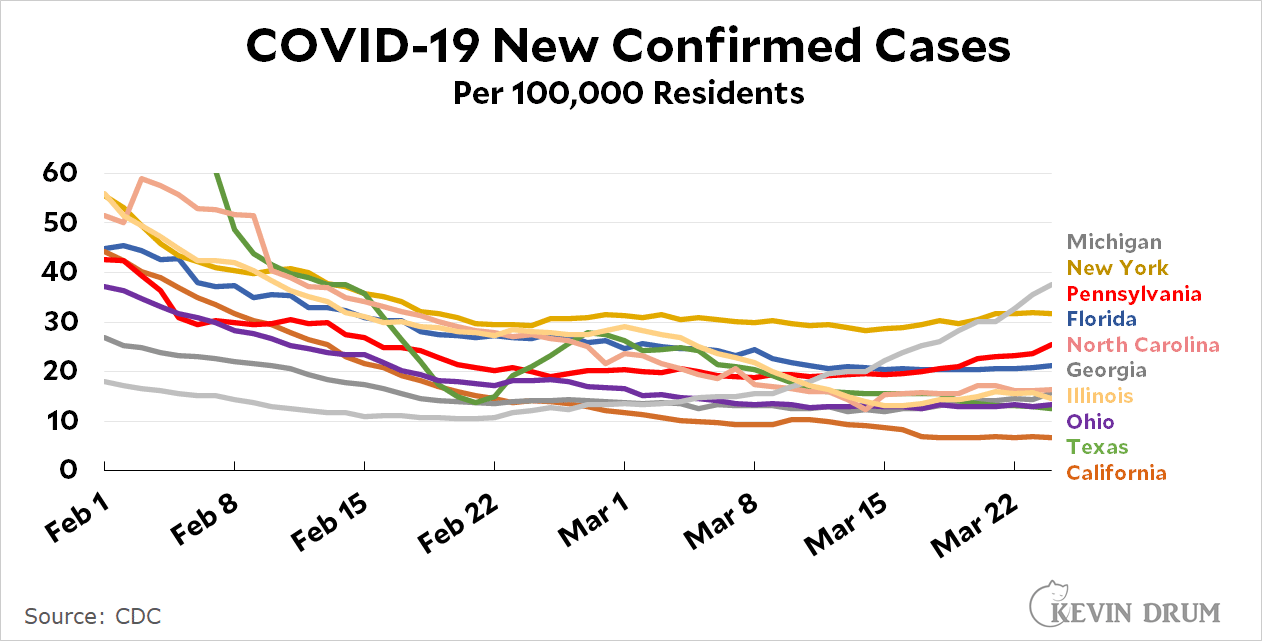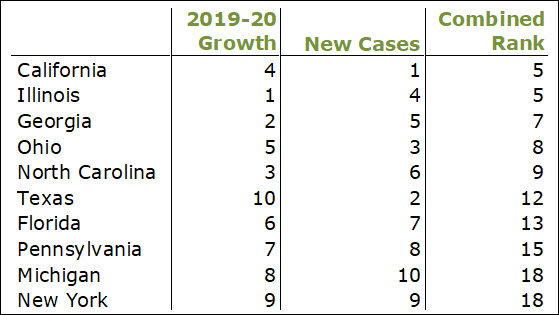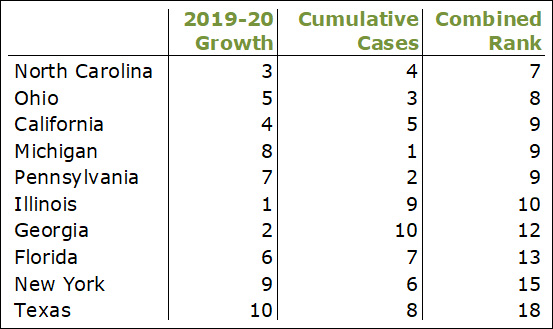Over at 538, Nate Silver has a detailed analysis of poll performance. It tells us that 2020 poll performance was mediocre, but it turns out to have been mediocre in a specific direction:
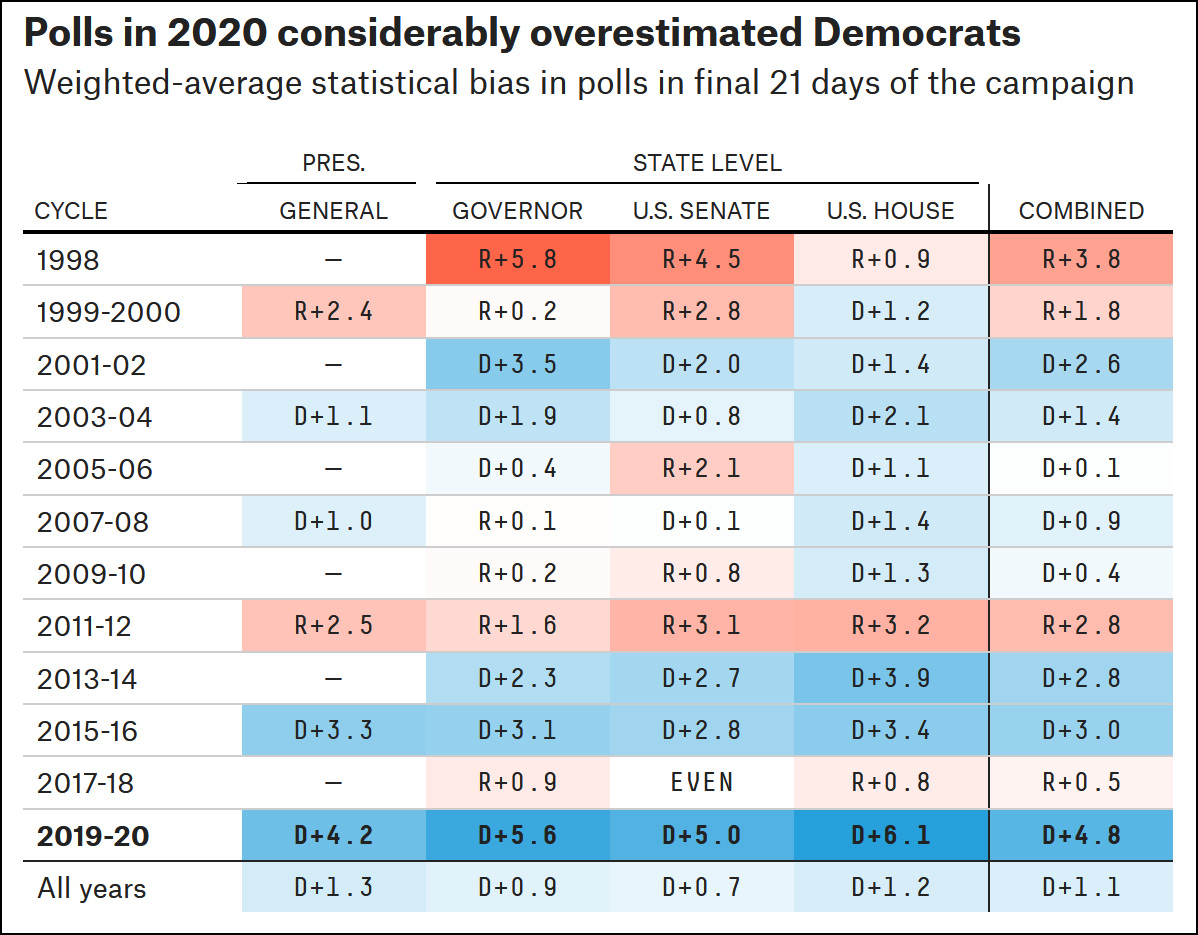
What's going on? Silver offers this explanation:
We think there’s good reason to expect that these types of mistakes in one direction or another — what we sometimes call systematic polling errors — will be more of an issue going forward. How come? The systematic errors aren’t necessarily a function of the polls themselves. Rather, they’re because in a time of intense political polarization and little ticket-splitting, race outcomes are highly correlated with one another up and down the ballot.
....The old cliche that the Electoral College is really “50 separate contests” is highly misleading in our nationalized, polarized electoral climate. Everything is connected, and for better or worse, you need some relatively fancy math to get a decent estimate of a party’s chance of winning the presidency, or the Senate.
Put another way, in the past random errors canceled each other out, so overall bias was usually small. But if every race is similar, then a single mistake just keeps accumulating in the same direction.
Another possibility is that Donald Trump is a wild card. Presidential polls were heavily biased toward Democrats in both 2016 and 2020, but not so much in most other years. Perhaps this is because Trump voters tend not to answer the phone for pollsters?
In any case, Silver says that phone polls are no longer the gold standard of polling. The tiny rate of responses makes them no more reliable than other forms of polling. No surprise there.



